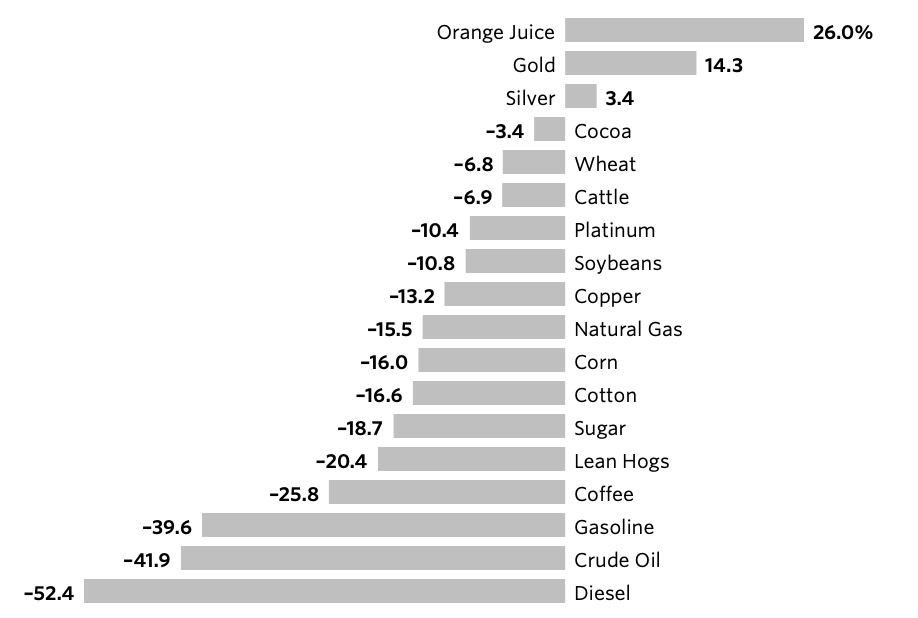Energy is an indicator of human and industrial activity. When this
activity is disturbed by some event, the chain of events lead us to
another uncertain future. Talking to Cuneyt Kazokoglu from FGE about
the epidemics, he noted that how SARS epidemic led people to buy and
travel more with passenger cars to avoid public transport.
If you think in terms of how information is spread in our socially
networked world, an epidemic is a litmus test. On Sunday, Twitter
suspended ZeroHedge web page. The reason was an article pointing to a
scientific article from the web page biorxiv.org written by
researchers from Indian Institute of Technology Delhi. The article
stirred a controversy regarding the origins of Coronavirus. It has
claimed that some parts of the virus seems like inserts from HIV
virus. The article has been withdrawn later that day. If it was true,
it has meant a tougher challenge globally.
However the fear that these kinds of events stir up panic. When there
is panic, commodity prices collapse or spike. Generally the aviation
jet fuel demand is hit first. Since aviation sector is hit, airlines’
shares are impacted too. When people deter from moving, that also
means a slowing down of economic activity. Worse than all these is,
the racist sentiment
as if all Asians are potential virus spreaders.
The good news is, it happened during the Chinese new year. But this
was the only good news, or should we say relatively good news.
Chinese new year has an interesting impact on oil prices. The end of
this long holiday is generally accompanied by oil price increases.
Because economic activity in China increases after the holiday.
This time it will be hard to see that increase. Fear is now faster
than the virus itself. And Chinese authorities have been said to
dissuade traders from short selling and they will inject more
liquidity into the financial system. We may never know the financial
impact of such an epidemic on World’s most populous country. But
this may reverberate differently in developing countries and
especially in Asian countries.
There are side effects as well. Last week we heard from the news
outlets that solar panel supplies were affected because of
polysilicon production and Chinese situation. This was also confirmed
by Turkish solar developers and organizations including Solarbaba. It
is really interesting since I couldn’t find one single article on
epidemics’ effect on renewable manufacturing supply chains and
prices. This is new.
What is next? The most obvious question should be “how shale
revolution will be impacted by this epidemic?”. Slowing down of
economic activity has pushed oil market into contango, where front
prices are lower than future prices. The problem is the employment
and credit impacts of this slowdown on US oil industry. Since this is
an election year, economic activity in the US may be hit by it. Lower
oil prices may help consumer demand and activity, but employment from
oil sector and debts to be paid will need a close watch.
Probably we will hear more cuts, sanctions and geopolitical turmoil
in the coming months. But worse may happen for OPEC. Since OPEC tried
hard to sustain oil prices by cutting volumes and revenues, now they
will be losing more. If 2020Q1 oil demand growth is zero or negative,
than things may get really sour. The seeds of next geopolitical
crises and public protests are sown in OPEC countries.
The natural gas prices will go down. That may push LNG prices further
lows. JKM is already the lowest in 10 years. So coal prices will be
hit hard too. That may help emissions to slow down and prove that gas
is a transition fuel for a low carbon world. But if economies are
hit, and/or fossil prices are low, green transitions lose their
priority. The future of green movements will also be impacted.
Assuming that the epidemic will be controlled soon, there may be some
positive developments. As governments push more liquidity to the
world economy, second quarter will be the real indicator for 2020.
Low oil prices may push consumer confidence and demand to new highs.
Just like we started, car sales may increase rapidly. Then a strong
demand may follow. We have to keep our finger crossed



